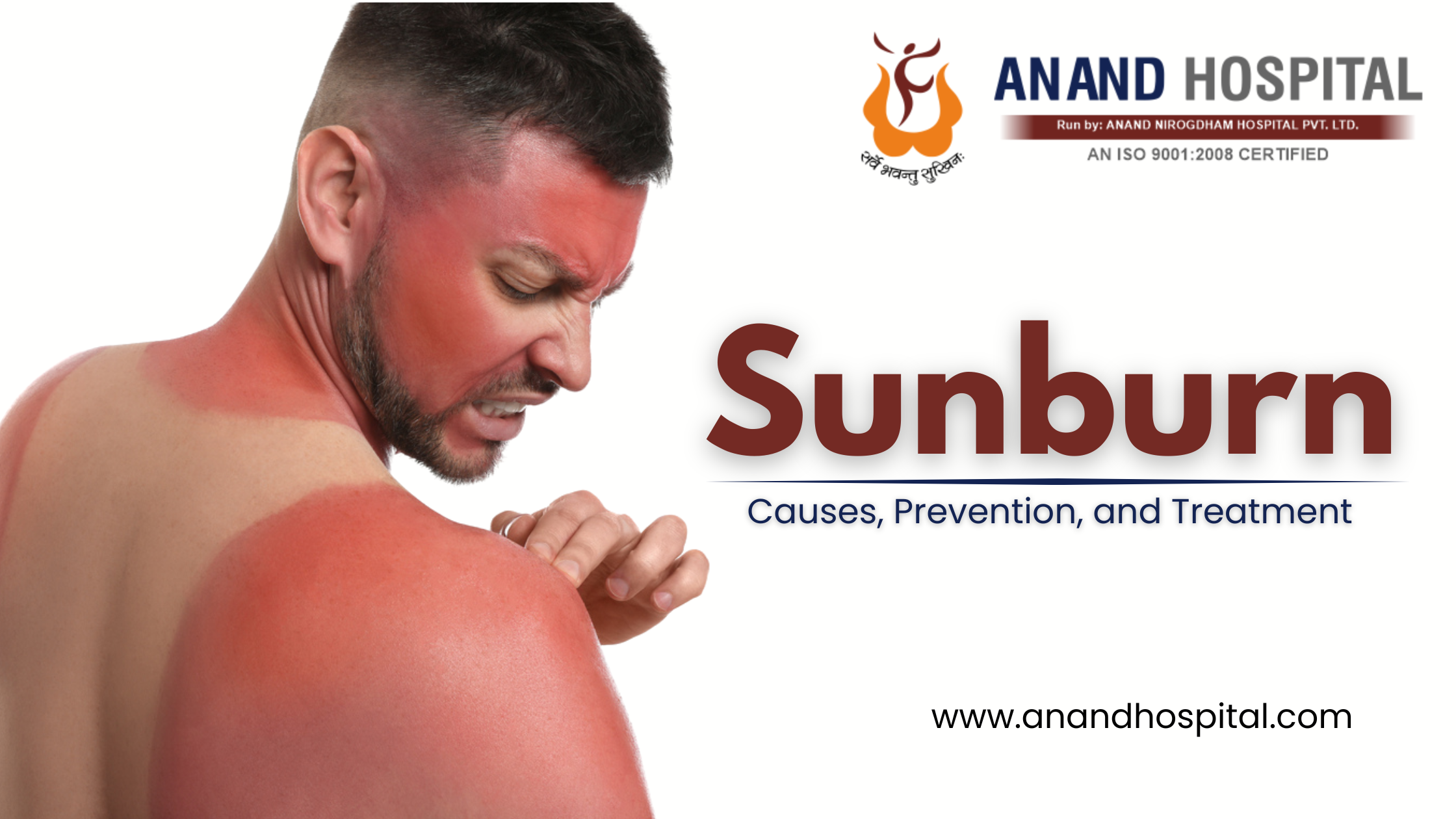SunBurn is a common skin condition that many people experience, especially during the hot summer months. It’s caused by overexposure to ultraviolet (UV) rays from the sun, leading to red, painful skin that can peel and blister. Understanding how to prevent and treat SunBurn is essential for maintaining healthy skin.
Causes of SunBurn
SunBurn occurs when the skin is exposed to UV rays for too long. The UV rays penetrate the skin and damage the DNA in skin cells. The body responds to this damage by increasing blood flow to the affected area, resulting in redness and inflammation. There are two types of UV rays that cause SunBurn: UVA and UVB. UVA rays penetrate deep into the skin and are responsible for aging and long-term skin damage. UVB rays are more superficial but are the main cause of Burn.
Symptoms of SunBurn
The symptoms of SunBurn can range from mild to severe, depending on the extent of exposure. Common symptoms include:
- Red, tender skin that is warm to the touch
- Pain and itching
- Swelling
- Blisters filled with fluid
- Peeling skin after a few days
In severe cases, SunBurn can cause fever, chills, nausea, and dehydration, requiring medical attention.
Prevention of SunBurn
Preventing SunBurn is crucial for skin health. Here are some effective ways to protect yourself:
- Use Sunscreen: Apply a broad-spectrum sunscreen with an SPF of at least 30. Reapply every two hours, or more often if swimming or sweating.
- Wear Protective Clothing: Long-sleeved shirts, hats, and sunglasses can provide a physical barrier against UV rays.
- Seek Shade: Avoid direct sun exposure between 10 a.m. and 4 p.m. when the sun’s rays are strongest.
- Use Sunglasses: Protect your eyes and the delicate skin around them with UV-blocking sunglasses.
- Stay Hydrated: Drink plenty of water to keep your skin hydrated and help it recover from sun exposure.
Treatment for SunBurn
If you do get SunBurned, here are some steps to alleviate the discomfort and promote healing:
- Cool the Skin: Take cool baths or showers and apply cold compresses to the SunBurned area to reduce heat and pain.
- Moisturize: Use aloe vera or a moisturizing lotion to soothe the skin and prevent peeling.
- Hydrate: Drink plenty of fluids to prevent dehydration.
- Avoid Further Sun Exposure: Stay out of the sun until your skin has fully healed.
- Pain Relief: Over-the-counter pain relievers like ibuprofen or aspirin can help reduce pain and inflammation.
- Do Not Pop Blisters: If blisters form, avoid popping them to prevent infection. If a blister breaks, clean it gently with soap and water and cover it with an antibiotic ointment and a bandage.
When to Seek Medical Attention
While most cases of SunBurn can be treated at home, there are times when you should seek medical attention. Contact a healthcare provider if:
- You experience severe pain, blistering, or fever
- You develop signs of infection, such as increased redness, swelling, or pus
- Your Burn covers a large area of your body
- You feel faint, dizzy, or confused
Long-term Effects of SunBurn
Repeated SunBurns can have serious long-term effects on your skin. They increase the risk of skin cancer, including melanoma, the deadliest form of skin cancer. SunBurns can also accelerate skin aging, leading to wrinkles, age spots, and loss of skin elasticity.
Conclusion
SunBurn is not just a temporary discomfort; it can have lasting impacts on your skin health. By taking preventive measures and treating SunBurn promptly, you can protect your skin from damage and maintain its health. For more information on SunBurn and other skin conditions, visit Anand Hospital Meerut.


